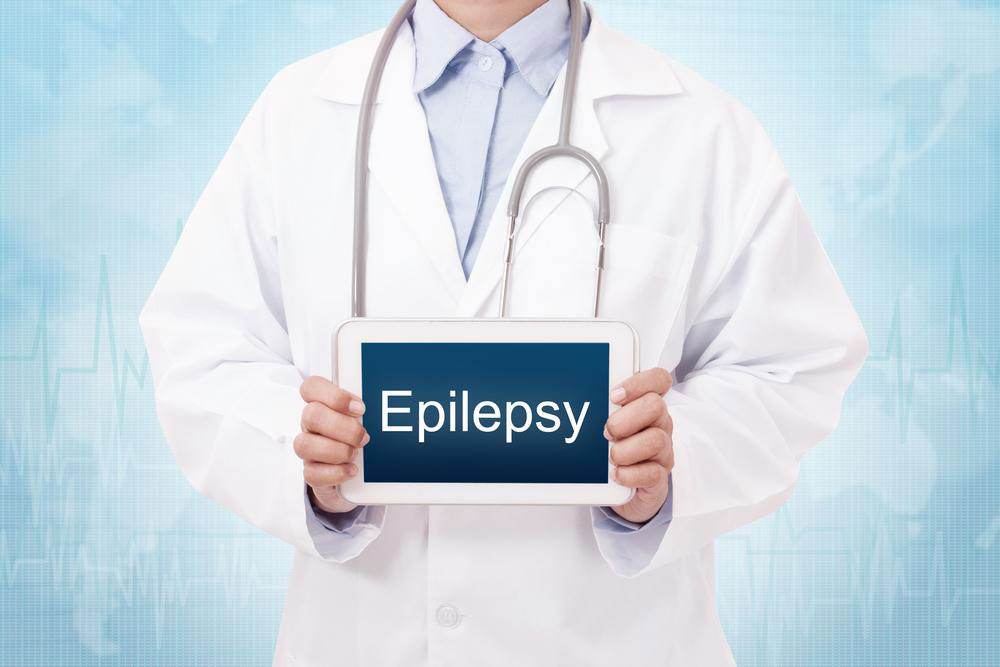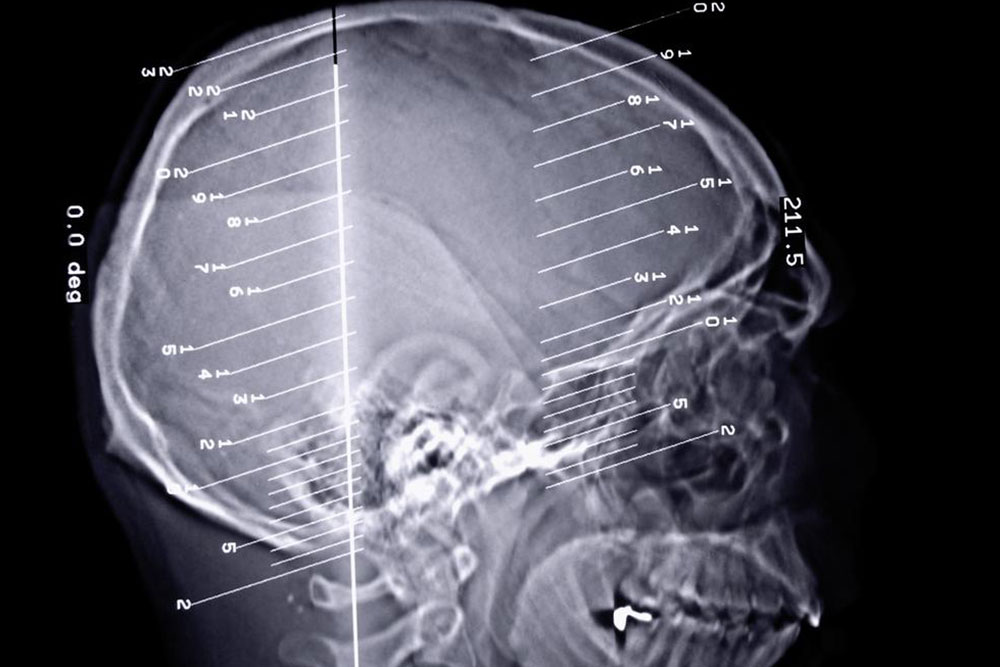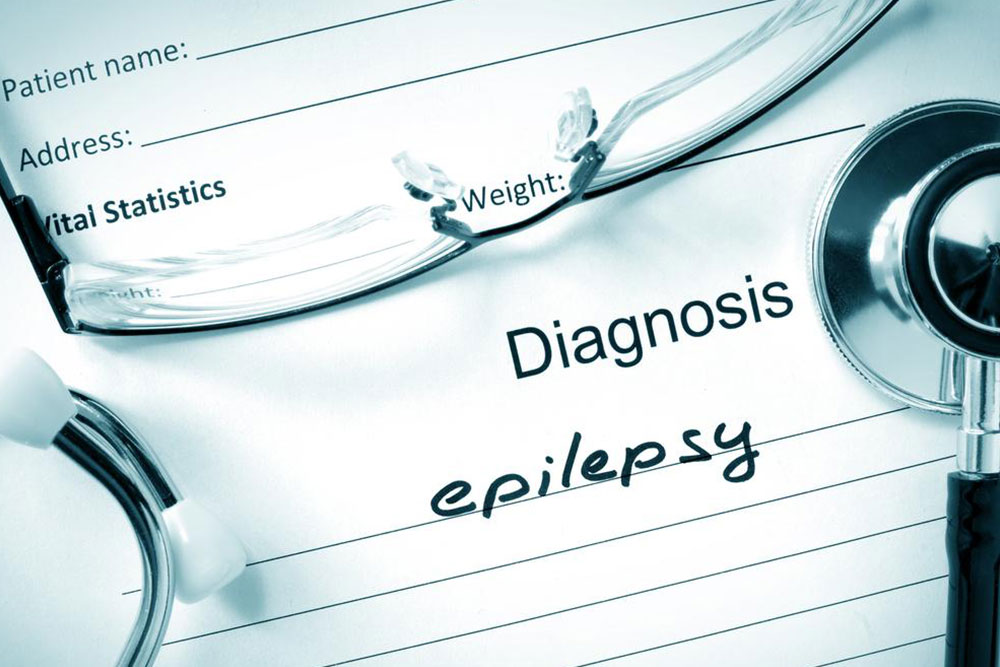Understanding the Key Signs and Symptoms of Epilepsy Seizures
This article explains the various symptoms of epilepsy seizures, including focal and generalized types. Recognizing early signs such as involuntary movements, awareness loss, and muscle stiffness can lead to timely medical intervention. Understanding these symptoms is essential for patients and caregivers to seek appropriate diagnosis and treatment, improving outcomes. The piece emphasizes the importance of immediate medical consultation if seizures persist or worsen, to prevent complications and ensure proper management of this neurological condition.

Understanding the Key Signs and Symptoms of Epilepsy Seizures
Epilepsy, often called a seizure disorder, can pose serious health risks if not diagnosed and managed early. It is a chronic neurological condition caused by sudden disruptions in brain nerve activity. Although epilepsy ranks as the fourth most common neurological issue in the United States, many individuals remain unaware of its symptoms or hesitant to seek medical advice. Recognizing the signs of seizures is crucial for timely treatment. Below are some common symptoms to watch for in epilepsy cases.
Seizure Occurrence
The core feature of epilepsy is the sudden onset of seizures, which are episodes of involuntary disturbance in brain activity. These episodes can temporarily impair motor skills or consciousness and are classified into focal and generalized seizures.
Focal Seizures
Also called partial seizures, these affect specific areas of the brain and either involve awareness or not. They are further divided into simple partial seizures and complex partial seizures.
Simple Partial Seizure
During this type, the individual remains conscious but may notice sensory changes, like visual or auditory disturbances, strange tastes, or tingling sensations. Sudden jerks in limbs might also indicate focal seizures.
Complex Partial Seizure
In this case, the person loses awareness and might stare blankly, respond repetitively, or perform unconscious movements. Proper diagnosis and treatment are essential, as these symptoms can be mistaken for mental health issues or migraines.
Generalized Seizures
These seizures involve the entire brain and are categorized into six types, including absence, tonic, atonic, myoclonic, clonic, and tonic-clonic seizures.
Absence Seizure
Common in children, these episodes involve brief lapses of awareness, with symptoms like staring or repetitive eyelid blinking.
Tonic Seizure
Characterized by sudden muscle stiffening, often causing falls or loss of balance.
Atonic Seizure
Noted for sudden muscle weakness resulting in collapse, affecting all ages.
Myoclonic Seizure
Causes quick, involuntary jerks mainly in limbs.
Clonic Seizure
Features rhythmic muscle jerking, affecting face, arms, or neck.
Tonic-Clonic Seizure
Also known as grand mal, it involves body stiffening, shaking, potential tongue biting, and loss of consciousness. It is considered the most severe type.
Symptoms vary among individuals; early recognition is vital for effective treatment. Causes of epilepsy are diverse, and medical consultation is crucial, especially if seizures last over five minutes, recur quickly, or are accompanied by breathing issues or injuries.
If you notice these signs or experience frequent seizures, consult a healthcare professional promptly for a proper diagnosis and management plan.
Note:
This article provides comprehensive insights into epilepsy symptoms based on current research. It aims to help readers identify signs early and seek appropriate medical attention. For personalized diagnosis and treatment, always consult a qualified healthcare provider. The information shared here is for educational purposes and not a substitute for professional medical advice.










